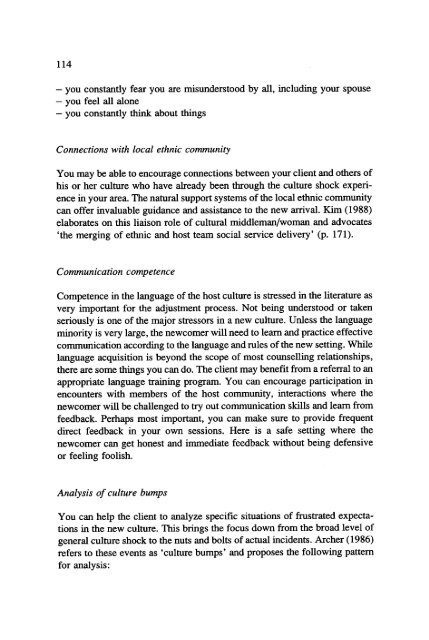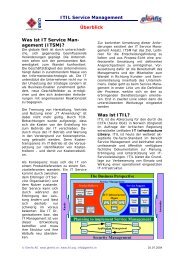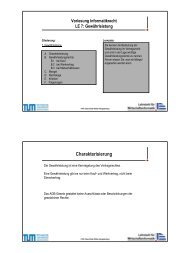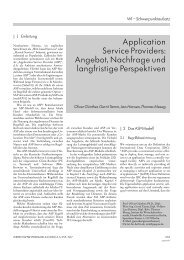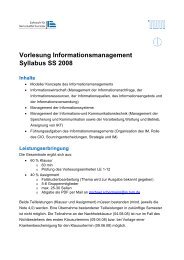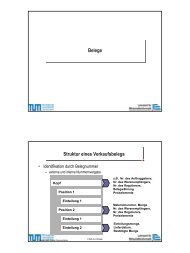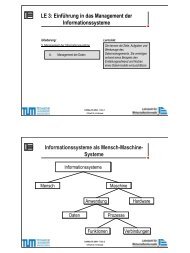Cross-cultural transitions and wellness: Dealing with culture shock
Cross-cultural transitions and wellness: Dealing with culture shock
Cross-cultural transitions and wellness: Dealing with culture shock
Create successful ePaper yourself
Turn your PDF publications into a flip-book with our unique Google optimized e-Paper software.
114<br />
- you constantly fear you are misunderstood by all, including your spouse<br />
- you feel all alone<br />
- you constantly think about things<br />
Connections <strong>with</strong> local ethnic community<br />
You may be able to encourage connections between your client <strong>and</strong> others of<br />
his or her <strong>culture</strong> who have already been through the <strong>culture</strong> <strong>shock</strong> experi-<br />
ence in your area. The natural support systems of the local ethnic community<br />
can offer invaluable guidance <strong>and</strong> assistance to the new arrival. Kim (1988)<br />
elaborates on this liaison role of <strong>cultural</strong> middleman/woman <strong>and</strong> advocates<br />
'the merging of ethnic <strong>and</strong> host team social service delivery' (p. 171).<br />
Communication competence<br />
Competence in the language of the host <strong>culture</strong> is stressed in the literature as<br />
very important for the adjustment process. Not being understood or taken<br />
seriously is one of the major stressors in a new <strong>culture</strong>. Unless the language<br />
minority is very large, the newcomer will need to learn <strong>and</strong> practice effective<br />
communication according to the language <strong>and</strong> rules of the new setting. While<br />
language acquisition is beyond the scope of most counselling relationships,<br />
there are some things you can do. The client may benefit from a referral to an<br />
appropriate language training program. You can encourage participation in<br />
encounters <strong>with</strong> members of the host community, interactions where the<br />
newcomer will be challenged to try out communication skills <strong>and</strong> learn from<br />
feedback. Perhaps most important, you can make sure to provide frequent<br />
direct feedback in your own sessions. Here is a safe setting where the<br />
newcomer can get honest <strong>and</strong> immediate feedback <strong>with</strong>out being defensive<br />
or feeling foolish.<br />
Analysis of <strong>culture</strong> bumps<br />
You can help the client to analyze specific situations of frustrated expecta-<br />
tions in the new <strong>culture</strong>. This brings the focus down from the broad level of<br />
general <strong>culture</strong> <strong>shock</strong> to the nuts <strong>and</strong> bolts of actual incidents. Archer (1986)<br />
refers to these events as '<strong>culture</strong> bumps' <strong>and</strong> proposes the following pattern<br />
for analysis:


